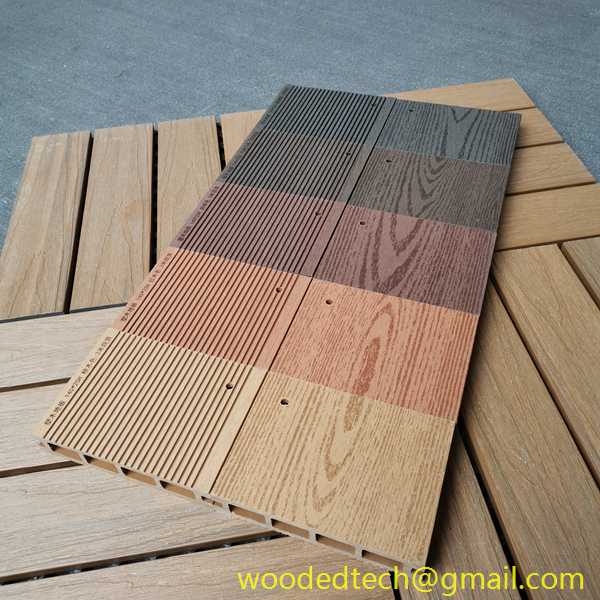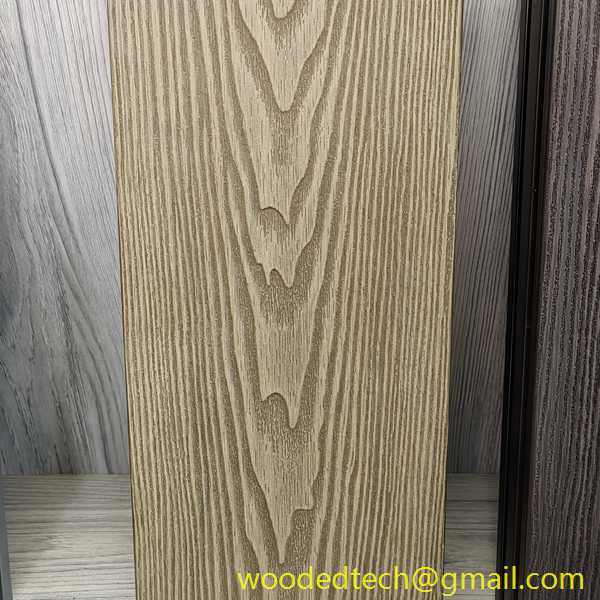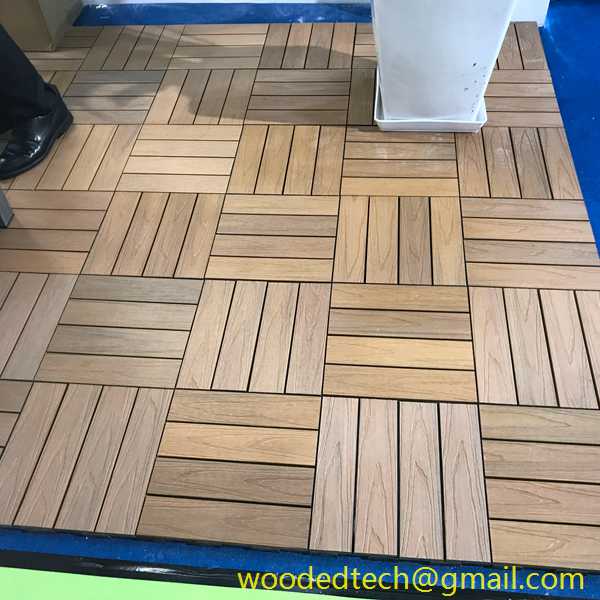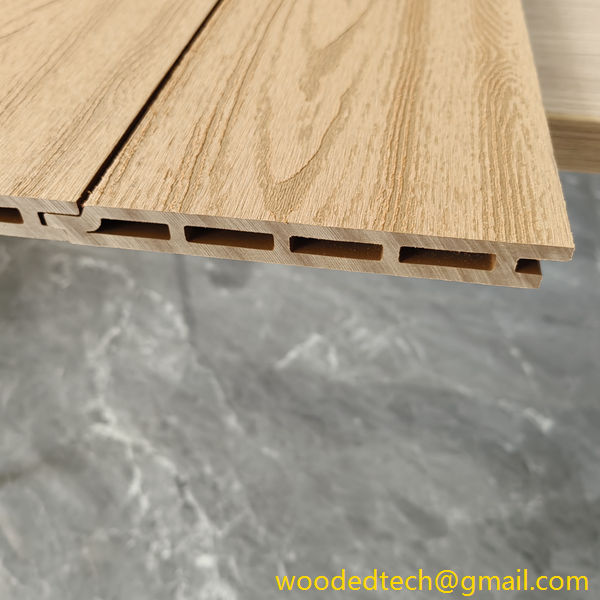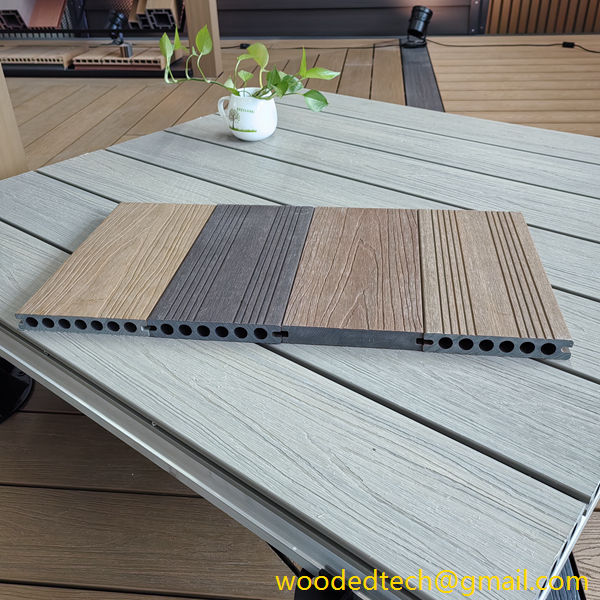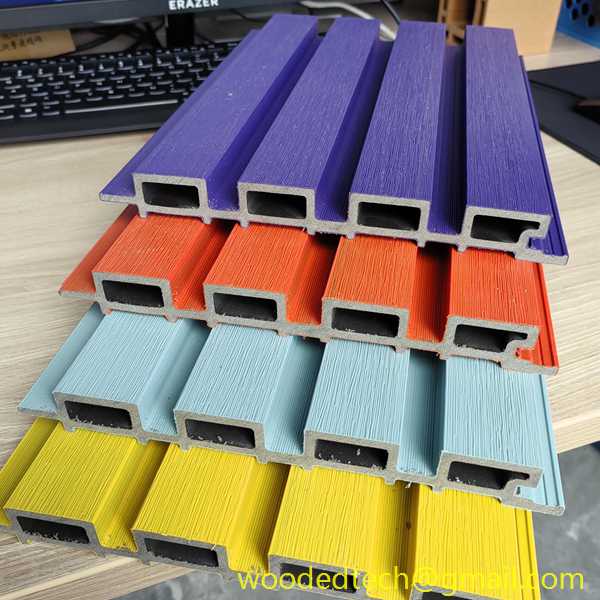A Look Inside a WPC Decking Factory and the Innovative Processes Behind Quality Production
In recent years, Wood Plastic Composite (WPC) decking has gained significant popularity as an alternative to traditional wood decking. This shift is largely attributed to the unique benefits offered by WPC materials, including enhanced durability, reduced maintenance requirements, and improved resistance to environmental factors. A visit to a WPC decking factory reveals the innovative processes and advanced technologies that contribute to the production of high-quality decking products.
The journey of WPC decking begins with the careful selection of raw materials. The primary components of WPC are wood fibers and thermoplastic polymers, typically polyethylene or polypropylene. The wood fibers are sourced from recycled wood products, such as sawdust and wood shavings, which not only helps in waste management but also promotes sustainability in the decking industry. The polymers used are often derived from post-consumer plastic waste, further enhancing the eco-friendly aspect of WPC decking. This initial phase emphasizes the importance of sourcing high-quality materials to ensure the overall performance and longevity of the final product.
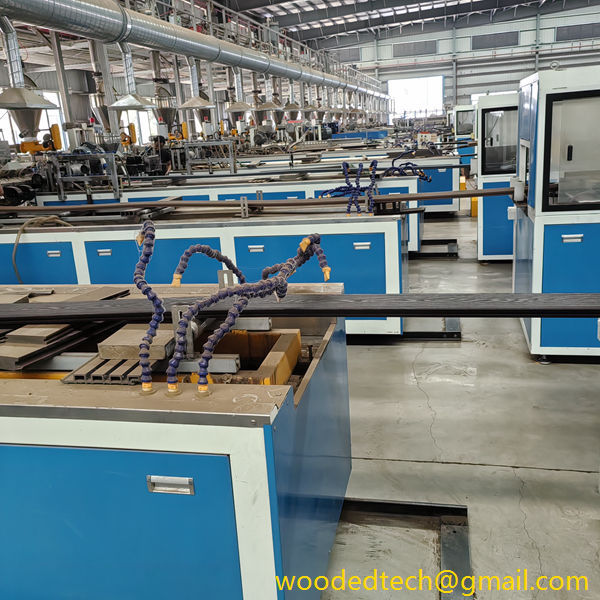
Once the raw materials are gathered, the production process begins with the blending stage. In this stage, the wood fibers and thermoplastic polymers are combined in specific ratios to achieve the desired properties of the decking material. Advanced blending technologies are employed to ensure a homogeneous mixture, which is crucial for the consistency and quality of the final product. The blending process may also involve the addition of various additives, such as colorants, UV stabilizers, and anti-fungal agents, which enhance the aesthetic appeal and durability of the decking.
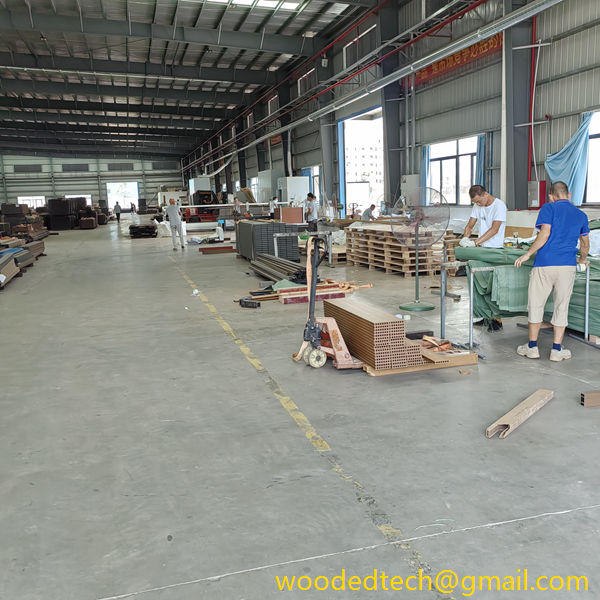
Following the blending stage, the mixture undergoes a heating process known as extrusion. During extrusion, the blended materials are heated and forced through a die to create continuous profiles of WPC decking. This process is critical, as it determines the dimensions and surface texture of the final product. The extrusion process is highly controlled, allowing manufacturers to customize the thickness, width, and texture of the decking boards to meet market demands. The ability to tailor these characteristics is a significant advantage of WPC decking over traditional wood products.
After extrusion, the freshly formed WPC decking boards are cooled and cut to the desired lengths. This stage requires precision and attention to detail to ensure uniformity across all products. Quality control measures are implemented at various points throughout the production process to identify and rectify any defects early on. This proactive approach helps maintain high standards and minimizes waste, contributing to the overall efficiency of the manufacturing process.
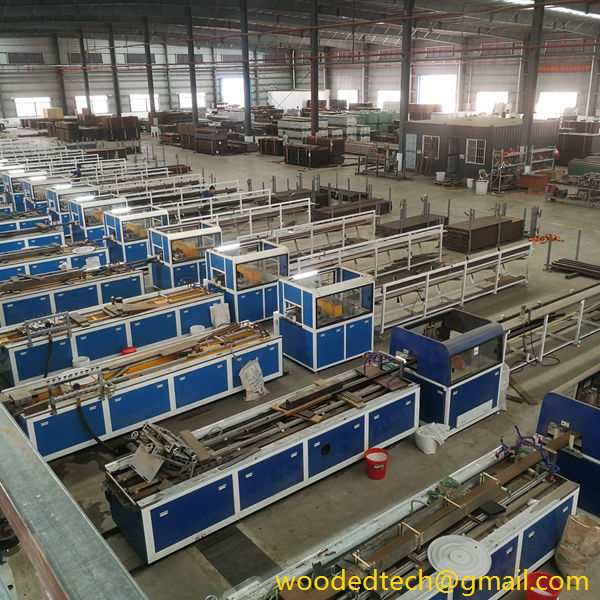
Once the decking boards are cut, they undergo a finishing process that may include sanding, staining, or coating. These finishing touches not only enhance the aesthetic appeal of the decking but also provide additional protection against wear and tear. For instance, a protective coating can enhance the boards’ resistance to moisture and UV rays, ensuring that the decking retains its visual appeal and structural integrity over time.
A key aspect of WPC decking production is the emphasis on sustainability. Many factories have adopted eco-friendly practices, such as recycling waste generated during the manufacturing process and utilizing renewable energy sources. The closed-loop systems implemented in these facilities minimize environmental impact and promote responsible resource management. By prioritizing sustainability, WPC decking manufacturers are meeting the increasing consumer demand for environmentally friendly products.
Additionally, advancements in technology play a crucial role in enhancing the efficiency and quality of WPC decking production. Automated systems and robotics are increasingly integrated into the manufacturing process, allowing for greater precision and consistency. These innovations not only streamline production but also reduce labor costs, enabling manufacturers to offer competitive pricing while maintaining high-quality standards.
In conclusion, the production of WPC decking involves a sophisticated interplay of raw material selection, advanced manufacturing processes, and a strong commitment to sustainability. The innovative techniques employed in WPC decking factories contribute to the creation of durable, aesthetically pleasing, and environmentally friendly products that meet the diverse needs of consumers. As the demand for WPC decking continues to rise, the industry is poised to evolve further, driven by technological advancements and an unwavering focus on quality and sustainability. The factory floor serves as a testament to the ingenuity behind WPC decking and highlights the potential for continued growth in this dynamic sector.

